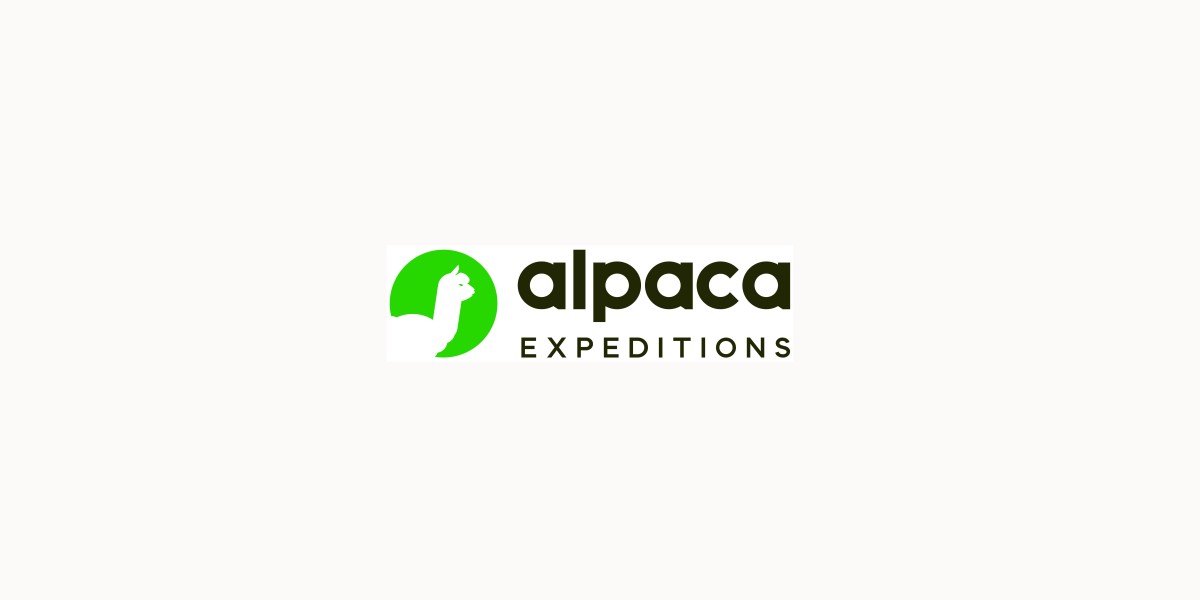Discover posts
Explore captivating content and diverse perspectives on our Discover page. Uncover fresh ideas and engage in meaningful conversations
Plastering Can Turn Your Walls Into Masterpieces
Plastering is considered a historic artistic technique that has been used for numerous centuries to create both aesthetically beautiful and functional surfaces. The history of this practice dates back to ancient Egypt, when it was used to decorate the walls of tombs and temples. The Romans used plaster extensively in their building projects, using it to create intricate shapes and patterns. Plastering has remained a widely used technique in modern architecture and design, improving the tactile and visual characteristics of walls and ceilings as well as adding to their durability and aesthetic appeal.
Plastering is an extremely important application in the fields of design and construction. When this material is used, the substrate becomes consistently level and smooth, making it easier to create a flawless finish when painting or installing wallpaper. Furthermore, it protects walls from moisture and other potential hazards, which extends their longevity and durability. Plastering can also be used to create unique textures and patterns that improve the aesthetic appeal and give a space a sense of personality.
varieties of plastering materials and methods
Plastering can be done using a variety of methods and supplies, based on the project's particular needs and the desired result. Using a trowel or hawk, many layers of plaster are manually applied in traditional plastering procedures. A smooth and even finish can only be obtained with expertise and precision when using this procedure.
As technology has advanced, so too have modern plastering processes. Spray plastering is a common method that entails utilizing a machine to apply a thin layer of plaster to the surface. Compared to traditional hand application, this method is more efficient and faster.
Plastering materials come in a variety of forms, each with special qualities and applications. Heat-treated limestone is combined with water to form a paste for traditional lime plaster. It is renowned for being flexible and breathable, which makes it perfect for older structures or high-humidity environments.
Another prevalent substance used in contemporary construction is gypsum plaster. It is created by combining gypsum powder and water to create a paste. Gypsum plaster is often used for interior walls and ceilings because it sets rapidly and leaves a smooth finish.
Getting ready to plaster your walls
To ensure an effective and long-lasting finish, the walls must be adequately prepared before plastering. This include priming and painting the walls, correcting any damage, and measuring and marking the walls to ensure a uniform plaster application.
Cleaning the walls entails clearing away any loose debris, dust, or filth. One tool for doing this is a brush or vacuum cleaner. A suitable filler or patching material should be used to fix any holes or cracks in the walls. Plastering should not be done until the repairs have had enough time to dry.
Plaster can cling to a smooth and level surface that has been primed with a foundation coat of primer applied. Applying the primer with a roller or brush in accordance with the manufacturer's instructions is recommended. It's crucial to wait for the primer to fully dry before adding the plaster.
Plaster is put uniformly and at the appropriate thickness when the walls are measured and marked. A measuring tape, pencil, and chalk can be used for this. To guarantee consistency, it's critical to take precise measurements and label the walls at regular intervals.
Putting on the plaster base coat
Following the completion of wall preparation, plaster mixture and first coat application are the next steps. Plaster mixing involves combining plaster powder and water in a bucket or mixing tray for hygienic purposes. The proper plaster-to-water ratio depends on the specific product used; therefore, following the manufacturer's instructions is essential.
Applying the first coat of plaster is done with a trowel or hawk. Applying the material should be done evenly across the whole wall, starting from the bottom and working your way up. Depending on the desired aesthetic result, the first layer's thickness will change; it usually ranges from 5 to 10 millimeters.
To get a smooth and polished surface, troweling and smoothing the plaster is an essential step. Plaster must be leveled and flattened with a trowel in order to produce a smooth and even texture, remove any excess material, and accomplish these goals. All work must be completed as quickly and efficiently as possible because the plaster material will begin to solidify within a designated time frame.
Plaster can be used to create patterns and texture
The ability to apply patterns and texture to the surface makes plastering a special art form. Different effects can be produced by combining different techniques, such stippling, sponging, or combing.
Stippling is the process of applying tiny dots or bumps to the plaster's surface with a stippling brush or sponge. This method gives the walls more depth and texture, which produces an eye-catching look.
Using a damp sponge, you can get a textured or mottled appearance. This method can give a place a rustic or weathered appearance, giving it more personality and charm.
Combing is the process of making lines or patterns in plaster with a comb or other specialized instrument. This method can give a space a more formal or structured appearance while also bringing sophistication and elegance into it.
Plaster requires a variety of techniques and materials to produce texture and patterns. These could be sponges, combs, brushes, or even stencils. To get the intended result, it is crucial to try out various methods and equipment.
For More Info:- https://www.wrens.co.nz/
Discover the Magic: Cusco to Machu Picchu Tour with Alpaca Expeditions | #cusco to Machu Picchu tour


